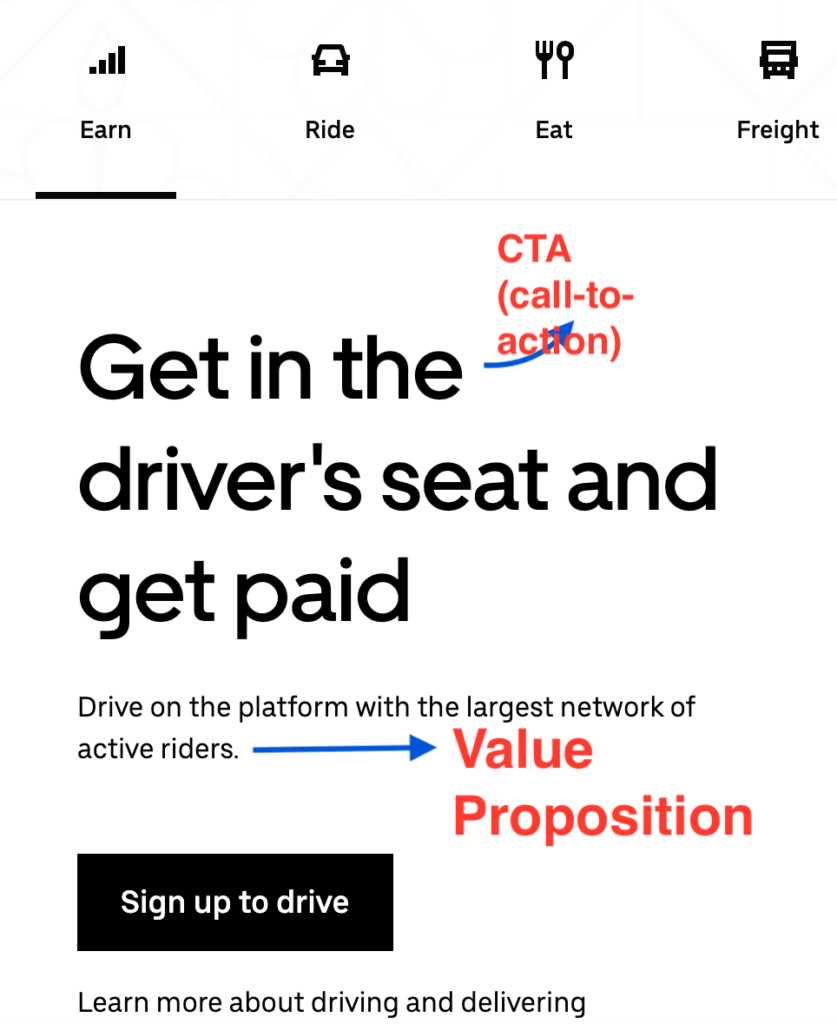No one likes looking for customers consistently but it’s a necessary part of doing business. Sometimes you have to find customers and at times, they’ll find you. The key is increasing the number of customers that find you and that’s what inbound marketing is about. You see, customer attraction is better than “hunting” for new customers or clients all the time. In this article, you’ll learn how to attract customers online with inbound marketing.
Specifically, the foundations necessary to do so. But first, let’s quickly look at the difference between inbound marketing and outbound marketing.
- Inbound Marketing – Brings customers to you by using a variety of methods or tactics to attract them (also referred to as “Pull” marketing). Tactics may involve using paid distribution channels to promote content.
- Outbound Marketing – Involves directly reaching out to customers via traditional and modern distribution channels. This is also called “Push” marketing and doesn’t rely on using content marketing. Car commercials on TV or Facebook ads directly offering a product are good examples of outbound marketing.
All in all, the main difference is that inbound marketing seeks to give value before extracting value by focusing on customer needs. Outbound marketing doesn’t care about that (e.g. “the product is great, buy it now”).
You can sit back and watch prospects roll in if inbound marketing is well implemented. It eliminates a great deal of pressure from having to find new business.
Here’s how to attract customers online with inbound marketing. Begin with the following and the rest is all about your creativity or imagination.
1. Set Goals
If you’re going to invest in marketing, it’s best to know what you want in the end. Having clear objectives will keep you and your team focused on achieving desired outcomes.
You should always have an ultimate goal that’s clearly defined along with objectives that lead to it. For example, “I want more customers” is often the ultimate goal of most businesses. However, “I want more qualified people to visit our website” is an objective that leads to the ultimate goal.
Set several objectives that can help you achieve your ultimate goal.
2. Know Your Brand
Do you know your brand? Because you should.
Knowing your brand means understanding how it helps and fits in with the lifestyle of your target audience. Including what competitors are competing for the same audience, the brand’s culture, mission, and vision.
Consider creating buyer personas to help you completely understand your target audience. Buyer personas are fictional representations of your ideal customers. The process of developing buyer personas can help you understand consumer pain points and what they care about.
A thorough competitive analysis will help you understand who your competitors are. Sometimes, you’ll find that there are more competing organizations than expected. For example, banks that offer small business loans don’t just compete with other banks but also government business grants.
When it comes to culture, mission, and vision, they are all an extension of the entrepreneur that created the business. If that’s you, then think about why you started a company and the challenges that led to it all.
3. Build a Website
Today, not having a website as a business, is like going into battle with low ammunition. Every company needs a website to represent them on the web.
Your website is your most important online asset. It’s what many consumers will see first. So make sure you’re providing the best user experience imaginable. That means professionally designing the site and ensuring its aesthetically pleasing with well-written content.
Brand trust and recognition begins with great customer experiences.
4. Create a Value Proposition
When consumers find you online, they’ll likely spend 5 to 10 seconds or more (if you’re lucky) looking for a reason to stay. Your value proposition is a sentence that hooks the prospect by answering the following questions.
- Who are you?
- What do you do?
- Why should I care?
The goal of your value proposition is to give the consumer a reason(s) to stick around long enough to learn more. And you can have multiple value propositions for different products.
However, the value proposition isn’t specific to your online presence but the entire organization. This means once created, you can and should use it wherever applicable in all promotions.
Here’s an example of a good value proposition.
Uber’s value proposition to drivers is “Drive on the platform with the largest network of active riders.”.

Also, notice that Uber has two CTAs as seen on the above screenshot (“Sign up to drive”). This is clever.
5. Generate Potential Leads
Find ways to consistently have leads come in. A lead is anyone that has shown interest in your product or service. By that definition, capturing an email address doesn’t necessarily mean the person is interested in your product/service. It just means the prospect wanted to join your newsletter or access whatever you were offering as a lead magnet (e.g. free white paper). However, if someone contacts you inquiring about a product or service, they become a lead.
Your website is the best way to generate leads since you control it entirely. But to generate leads with your site, you need SEO (search engine optimization).
SEO is how you optimize your website for search engines and online discovery, in general. Also, SEO must be ongoing, not a one-time thing since search engines alter how their algorithms (a form of AI) work regularly.
But SEO is only the first step. You have to use a variety of channels besides your website to generate leads too. Don’t expect every potential customer to find you via search engines.
I recommend fine-tuning other platforms like Facebook, Twitter, LinkedIn, etc. for lead generation. Make what you do obvious on each platform by including your value proposition and adding your services, contact details, brand story, etc. This will boost customer attraction.
6. Publish Content Consistently
If there’s one thing that never fails to generate leads or help you gain customers, it is publishing high-quality content.
Start a company blog on your website. A blog is an excellent inbound marketing and lead generation tool. Publish new content at least once a week or more if you can manage it. Fresh content fuels SEO and marketing success in general.
Use the following steps to effectively produce content for your target audience.
- Brainstorm Ideas – Think about all the things the ideal customer would search for online to stumble upon your business.
- Keyword Research – Find out what the ideal customer is interested in by researching and compiling a list of suitable keywords or search terms they use. Use this quick guide to learn how to do keyword research: Free Keyword Research with Google
- Set Content Goals – Each topic you decide to write about should have a purpose. Use this checklist to make sure every content is SEO-optimized and has a clear purpose: Web Copy Optimization Checklist
- Create Content – Make sure every content is high-quality and not second-rate.
Regularly publishing content on your platform (website) and others is how you increase customer attraction.
Customer Attraction Isn’t All That Difficult
Attracting customers to your business isn’t that tough when you have the right foundation. Set clear objectives, know your brand, have a website, and come up with a great value proposition. Also, identify ways to generate leads (e.g. SEO, paid ads, etc.) and publish content regularly.
Do all of that and you’ll have an easier time with customer attraction.

I’m a freelance copywriter and SEO specialist. I aim to empower individuals and businesses with impactful marketing solutions and insights. In my downtime, I recharge by embracing the beauty of nature or cherishing moments with my loved ones. If you found value in this post, please consider sharing it.
Want a heads-up once a week whenever a new article drops?







